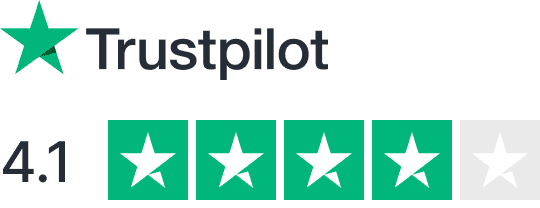Cross-cultural competence is essential for remote teams to work effectively across different regions like Latin America and Europe. Teams face challenges like time zone differences, varying communication styles, and diverse work practices. Here’s how you can address these issues and improve collaboration:
- Set clear guidelines: Define meeting etiquette, response times, and shared team goals.
- Respect local norms: Accommodate holidays, work hours, and communication preferences.
- Use online tools: Leverage virtual workshops, simulations, and gamified learning to make training engaging.
- Track progress: Monitor training completion rates, quiz scores, and team performance metrics.
Managing Cross Cultural Remote Teams | Ricardo Fernandez …
Setting Up Cross-Cultural Guidelines
Establish clear standards, objectives, and practices to help remote teams work effectively across different cultures.
Team Standards and Rules
Set up essential communication protocols to ensure smooth collaboration:
- Meeting etiquette: Encourage cameras to be on during calls, rotate speaking turns, and follow a structured format for participation.
- Documentation: Use standardized templates for project updates and reports to keep everyone aligned.
- Response times: Agree on realistic timelines for replying to emails or messages, considering time zone differences.
- Working language: Use English as the primary language, with language support available for non-native speakers.
Common Team Goals
Unite team members around shared objectives that bridge cultural differences:
- Project milestones: Divide large goals into smaller, measurable tasks to track progress.
- Quality standards: Set clear metrics to evaluate deliverables consistently.
- Team values: Create guiding principles that promote respect and inclusivity across the team.
Use OKRs (Objectives and Key Results) to define measurable outcomes while allowing team members to adapt their methods to their cultural norms.
Respecting Local Work Practices
Incorporate flexibility to honor cultural norms and individual work preferences:
- Working hours: Identify core hours for collaboration when most team members can participate.
- Holiday observances: Keep a shared calendar of local, cultural, and religious holidays to avoid scheduling conflicts.
- Communication preferences: Support both synchronous methods (like video calls and chats) and asynchronous options (like email and recorded updates).
Introduce these guidelines gradually, collect feedback from the team, and adjust as needed to improve collaboration.
Next, we’ll look at virtual tools and strategies to implement these guidelines effectively.
Online Tools for Cross-Cultural Training
Digital platforms can make cross-cultural training more interactive and effective. By setting clear guidelines, these tools can help reinforce learning in a virtual environment.
Online Training Sessions
Virtual workshops and short learning modules can deliver engaging content with live instruction and interactive features:
- Virtual workshops: Host 60–90-minute sessions on platforms like Zoom or Teams, incorporating breakout rooms for group discussions.
- Interactive polls: Use tools like Mentimeter or Slido to gather real-time feedback and encourage participation.
- Recorded modules: Share 5–10-minute videos covering key cultural topics for on-demand learning.
Schedule these sessions during overlapping work hours, and include regular check-ins to track progress and engagement.
Practice Scenarios
Role-playing and case studies can simulate real-life situations, helping participants gain practical experience:
- Virtual simulations: Platforms like Mursion or VirtualSpeech provide a safe space for practicing cultural interactions.
- Culture chats: Host monthly virtual discussions where team members share insights about their local customs and traditions.
- Conflict exercises: Guide teams through resolving hypothetical disputes to build problem-solving skills.
Record these sessions for later review, and encourage peer feedback to enhance learning.
Learning Games and Tests
Incorporating gamification can make training more engaging while measuring progress effectively:
- Quick checks: Weekly 5-minute quizzes to test foundational cultural knowledge.
- Scenario tests: Monthly 30-minute simulations to practice handling real-world situations.
- Comprehensive reviews: Quarterly 1-hour assessments to evaluate overall understanding and improvement.
Create a supportive environment where participants can learn from mistakes, and continuously refine training methods based on feedback.
sbb-itb-a3fbb4e
Cross-Cultural Communication Methods
Effective communication is the backbone of working across cultures, ensuring teams function smoothly and inclusively.
Communication Guidelines
Virtual meetings should follow clear protocols to promote fairness and efficiency. This includes having cameras on, assigning a facilitator to manage speaking turns, and documenting decisions and action items in a shared space immediately after the meeting.
Improving Listening Skills
Active listening is key, especially in cross-cultural settings. Summarize what the speaker has said to confirm understanding, and ask specific questions to clarify before responding.
Managing Time Zones
Set core collaboration hours, such as 10:00 AM–2:00 PM EST, for live discussions. Outside these hours, encourage asynchronous work to accommodate different time zones effectively.
Next, let’s explore ways to track and measure progress in developing cross-cultural skills.
Tracking Cross-Cultural Progress
Once you’ve introduced communication best practices, it’s important to measure how well your team is adapting. Keeping track of specific metrics ensures you can spot areas that need work and confirm the training is paying off.
Training Results
Set clear benchmarks to assess cross-cultural skills:
- Completion rates for training modules and assessments
- Quiz scores on cultural knowledge (aim for at least 80%)
- Performance in virtual simulations, monitored monthly
- Engagement levels in cultural exchange programs
- Frequency of cross-cultural issues or misunderstandings
Team Progress Reports
Use detailed reporting tools to monitor progress:
- Digital dashboards showing real-time training progress
- Weekly summaries of team participation and engagement
- Monthly performance comparisons across different regions
- Individual progress updates with tailored feedback
- Cultural competency scorecards highlighting key metrics
Regular Training Updates
Keep the momentum going with structured feedback and updates:
- Monthly virtual reviews with team leaders
- Bi-weekly pulse surveys (quick 5-minute check-ins)
- Quarterly in-depth assessments to track growth
- Updated individual development plans every 90 days
- Anonymous feedback channels to encourage open input
Also, analyze communication trends like meeting dynamics, response times, and how collaboration tools are being used. This data can reveal whether teams are effectively navigating cultural differences and building stronger connections across time zones.
Summary
Building cultural understanding in remote teams involves setting clear standards that honor diverse work practices, using online tools for cultural training and assessments, regularly tracking progress with feedback, and establishing protocols to balance time zone differences while keeping the team unified.
In addition to training, bringing in experienced professionals can speed up cultural alignment and improve productivity. CareMinds offers support with:
- 3-day average matching and a 96% success rate
- 1% applicant acceptance, a 2-week risk-free trial, rates starting at $31/hr, and complete HR assistance
















